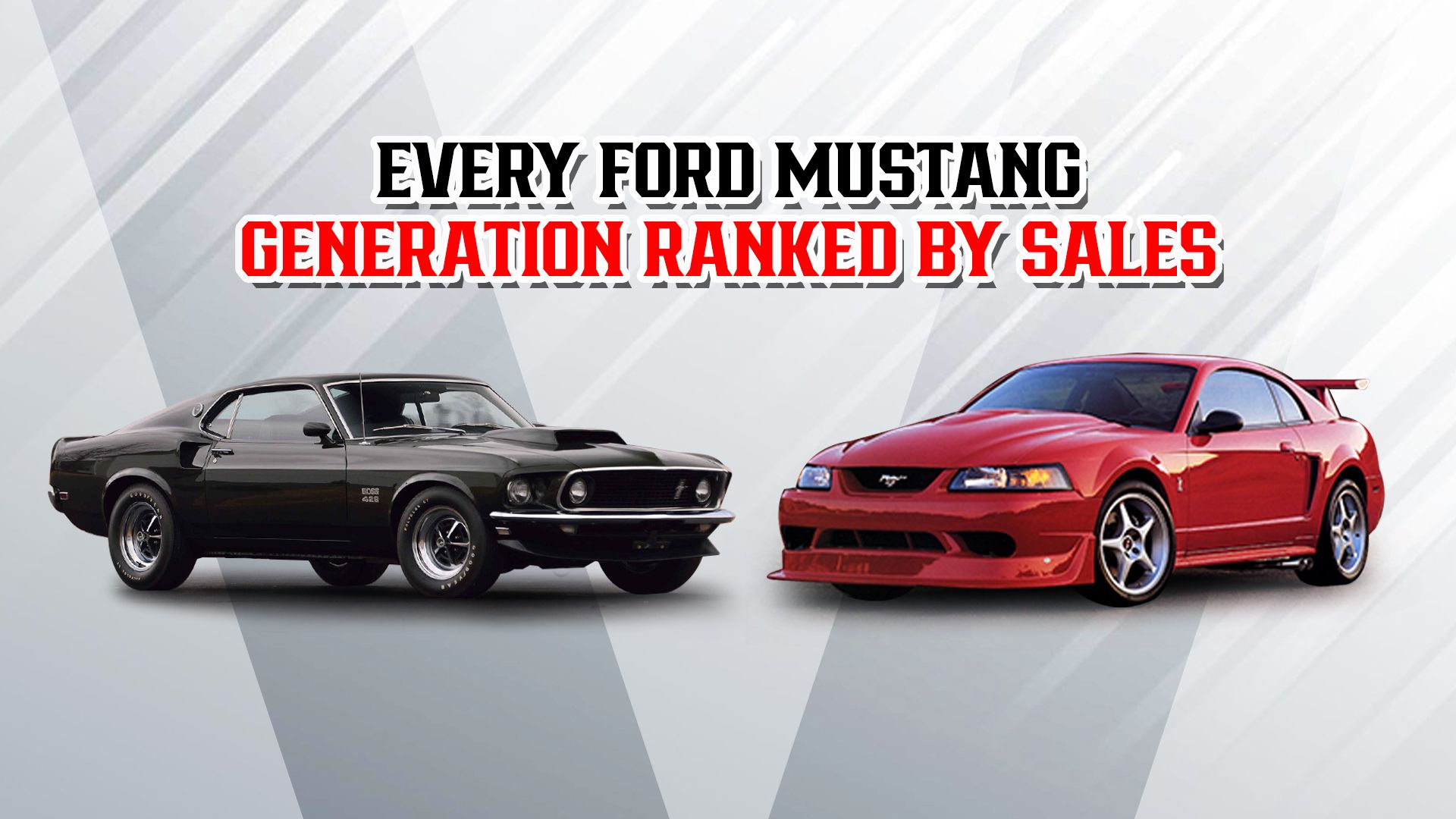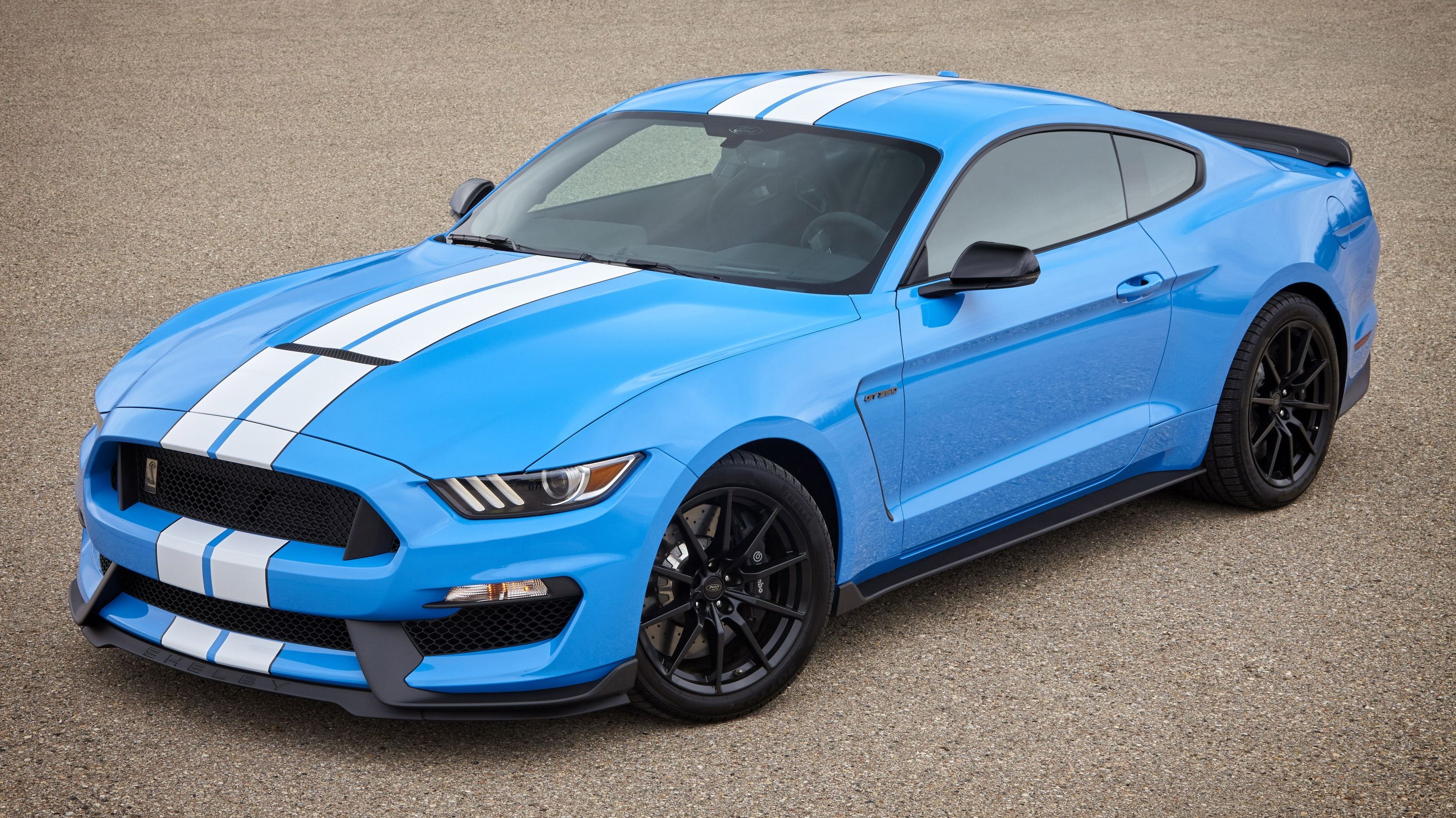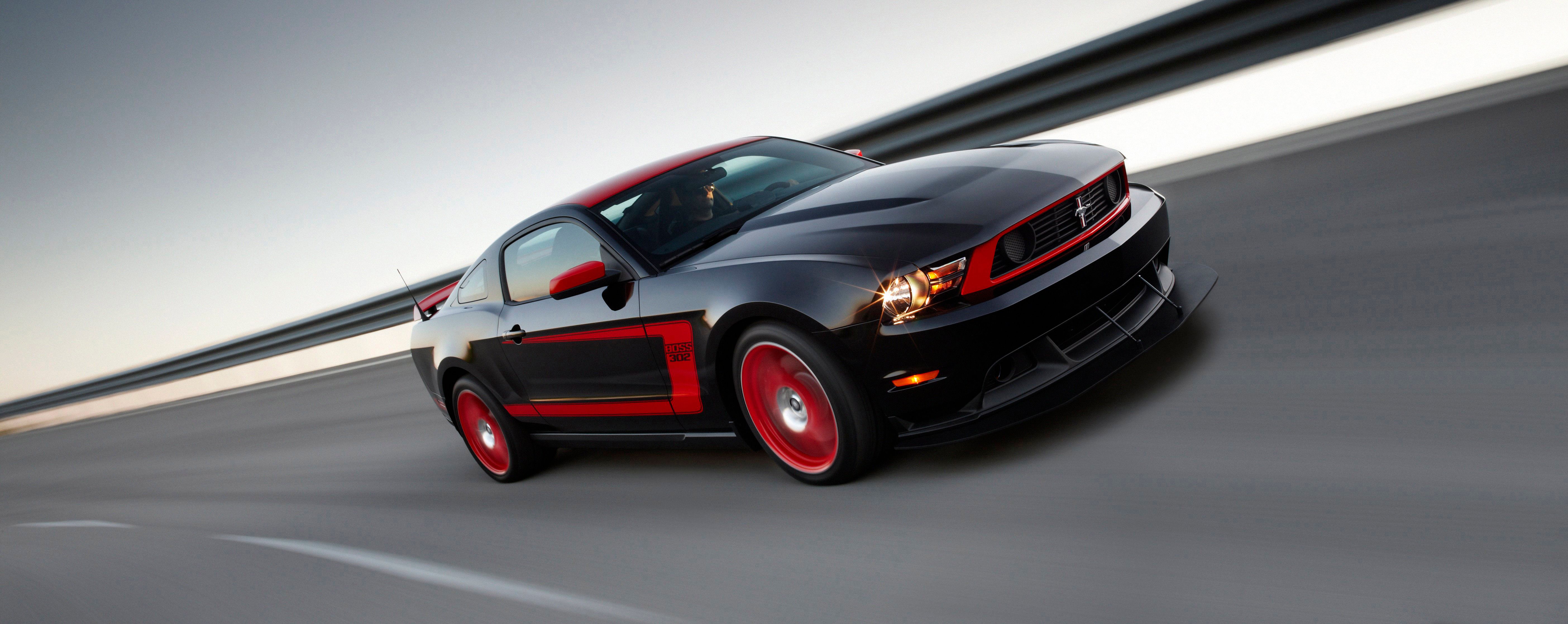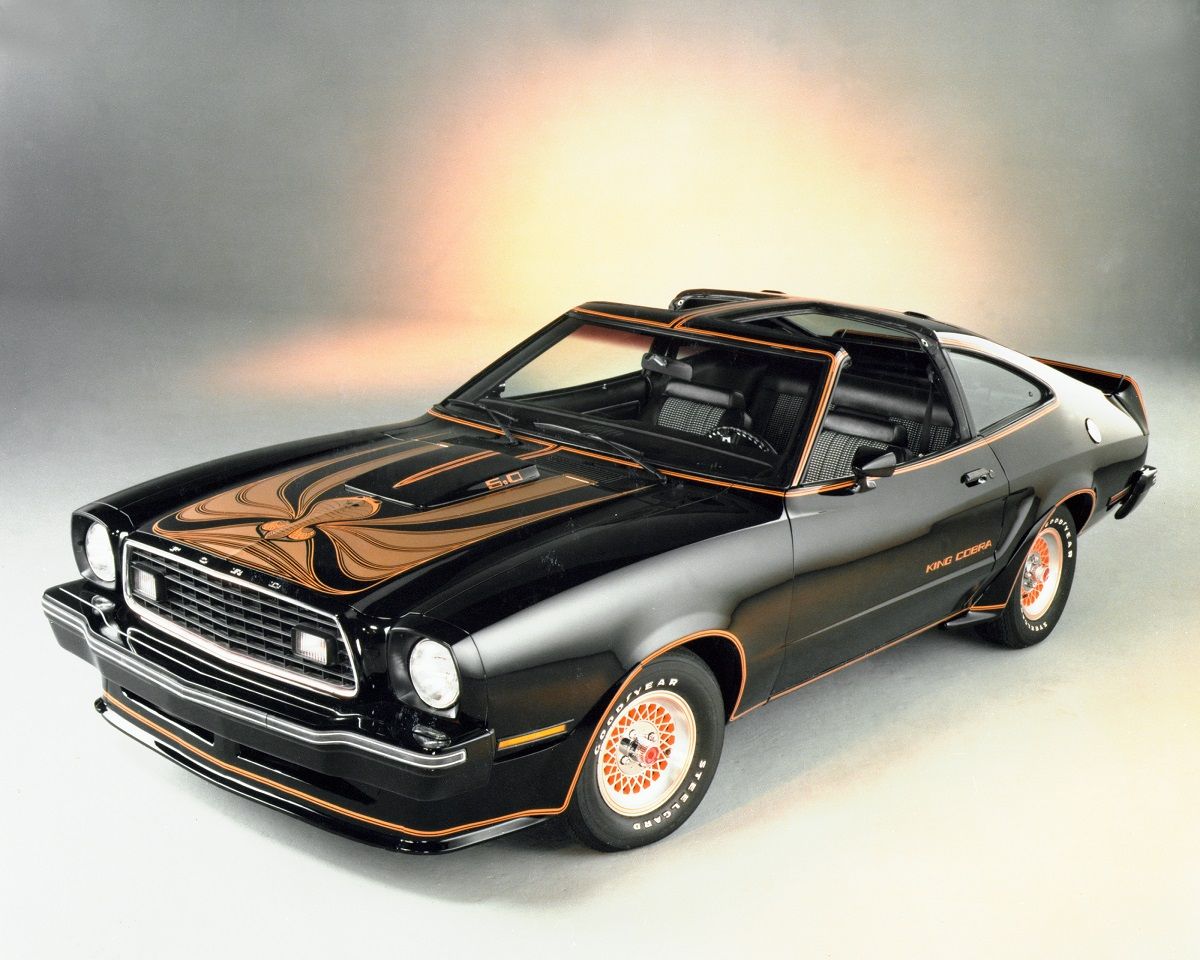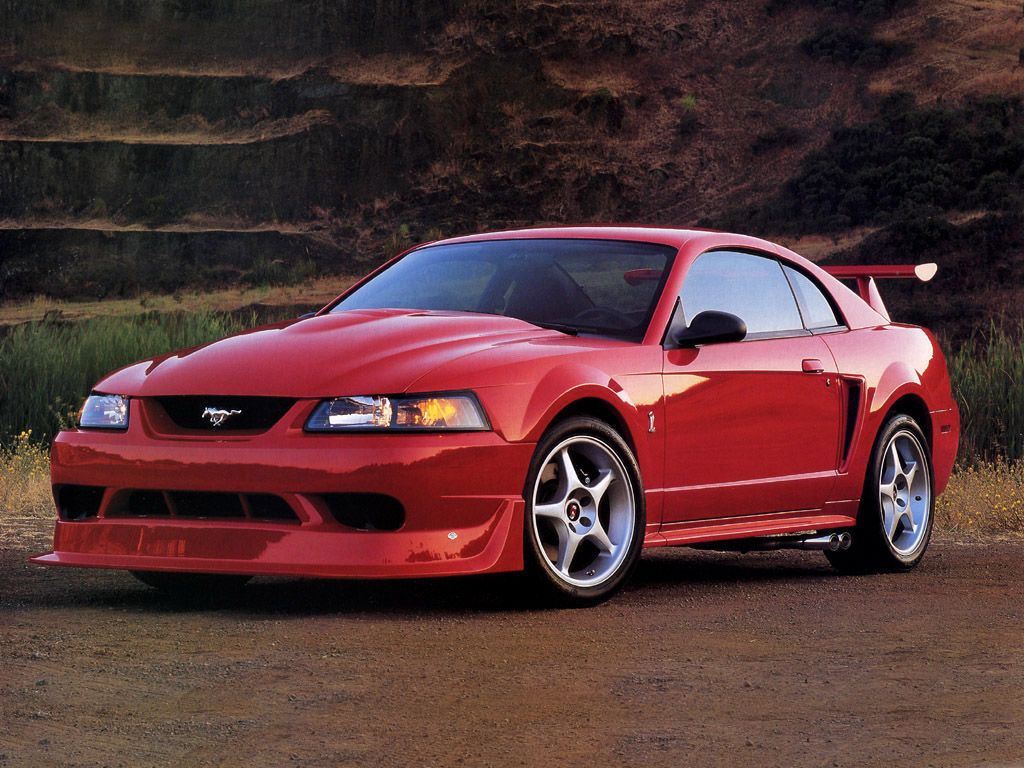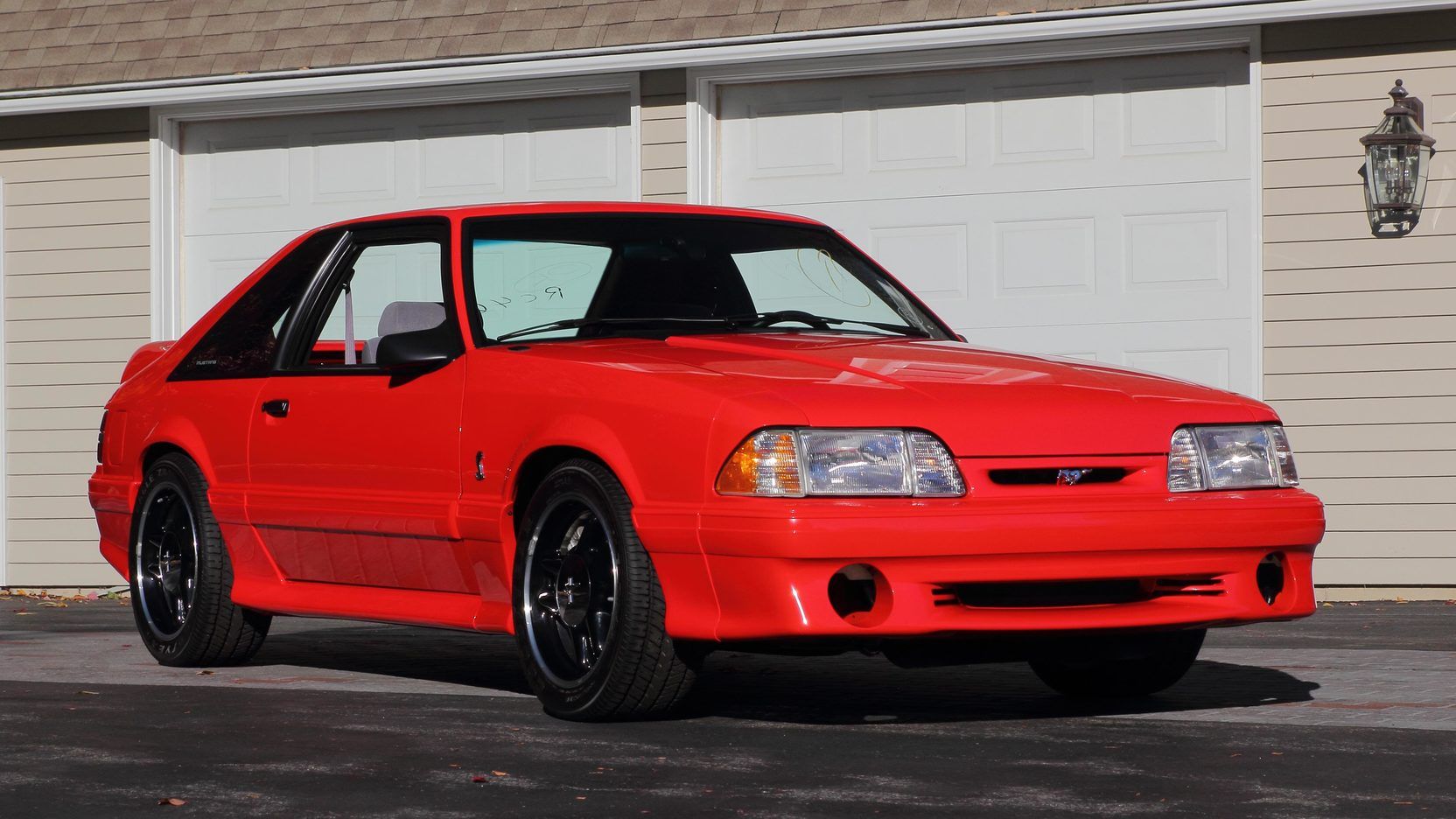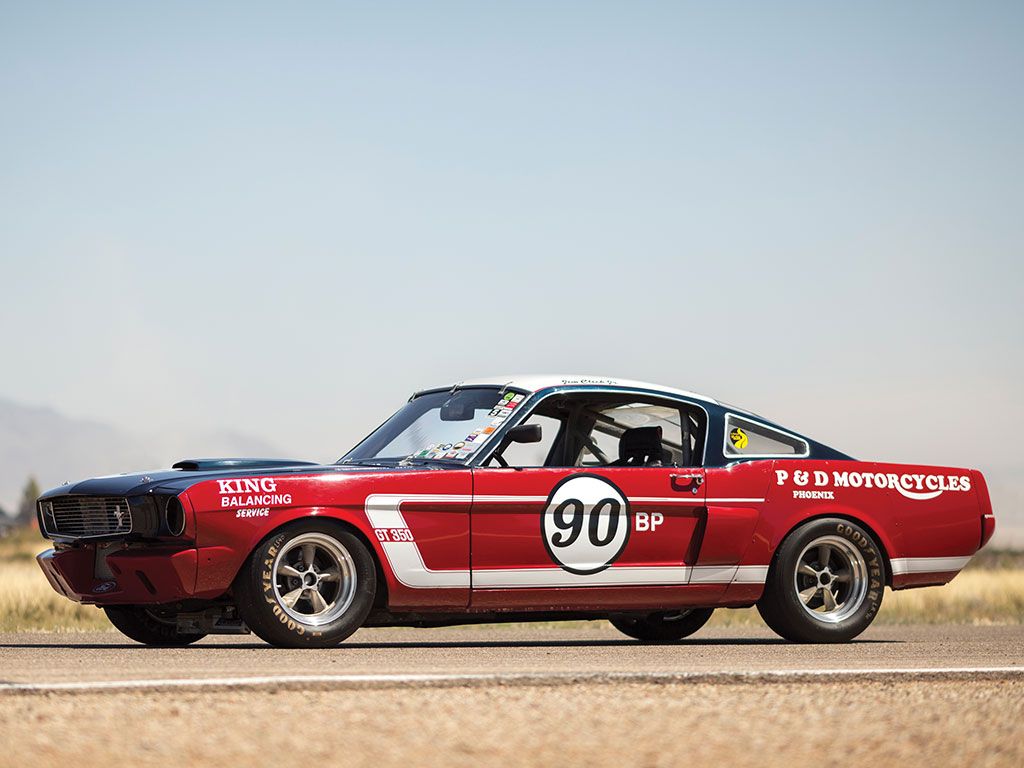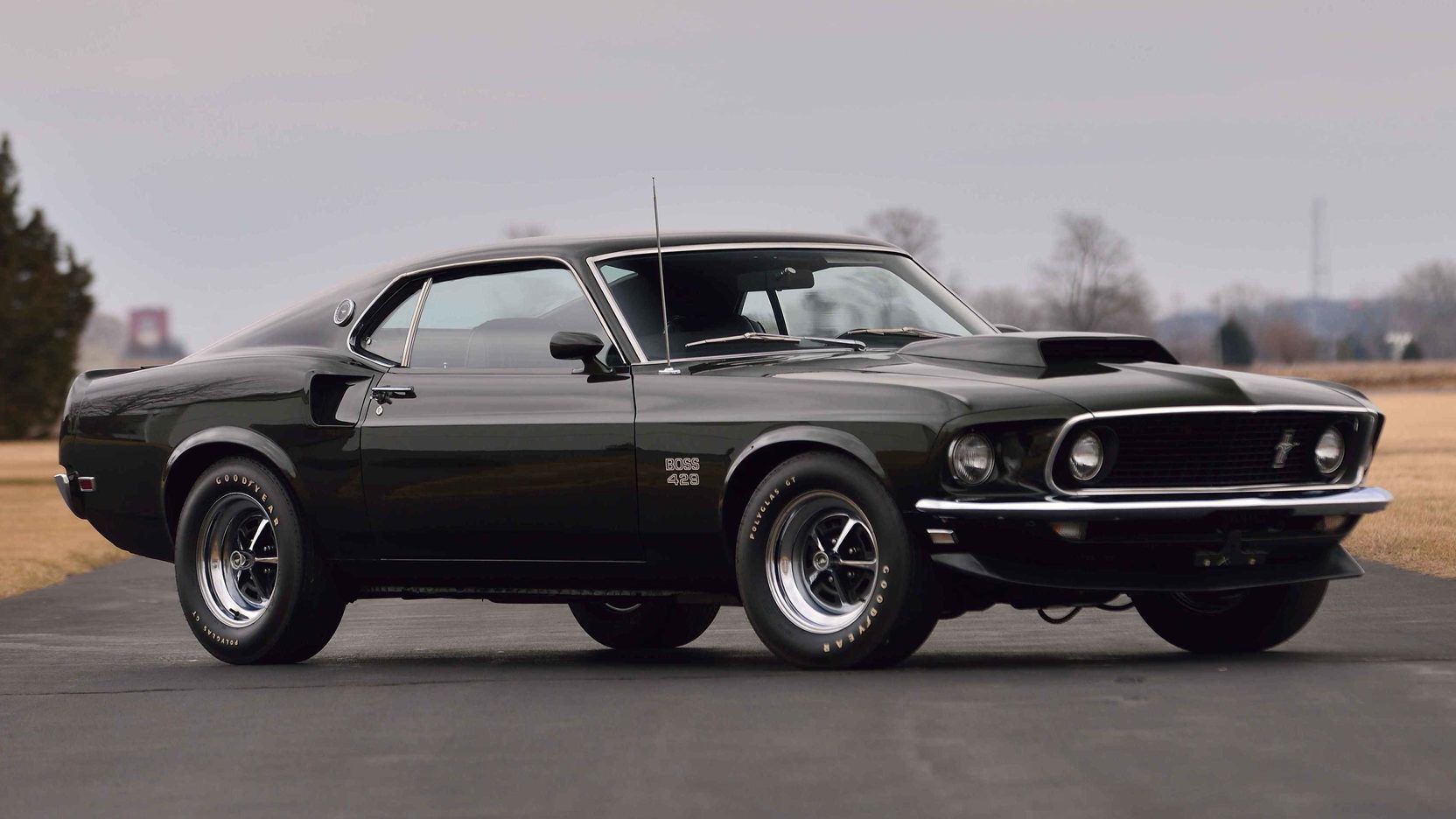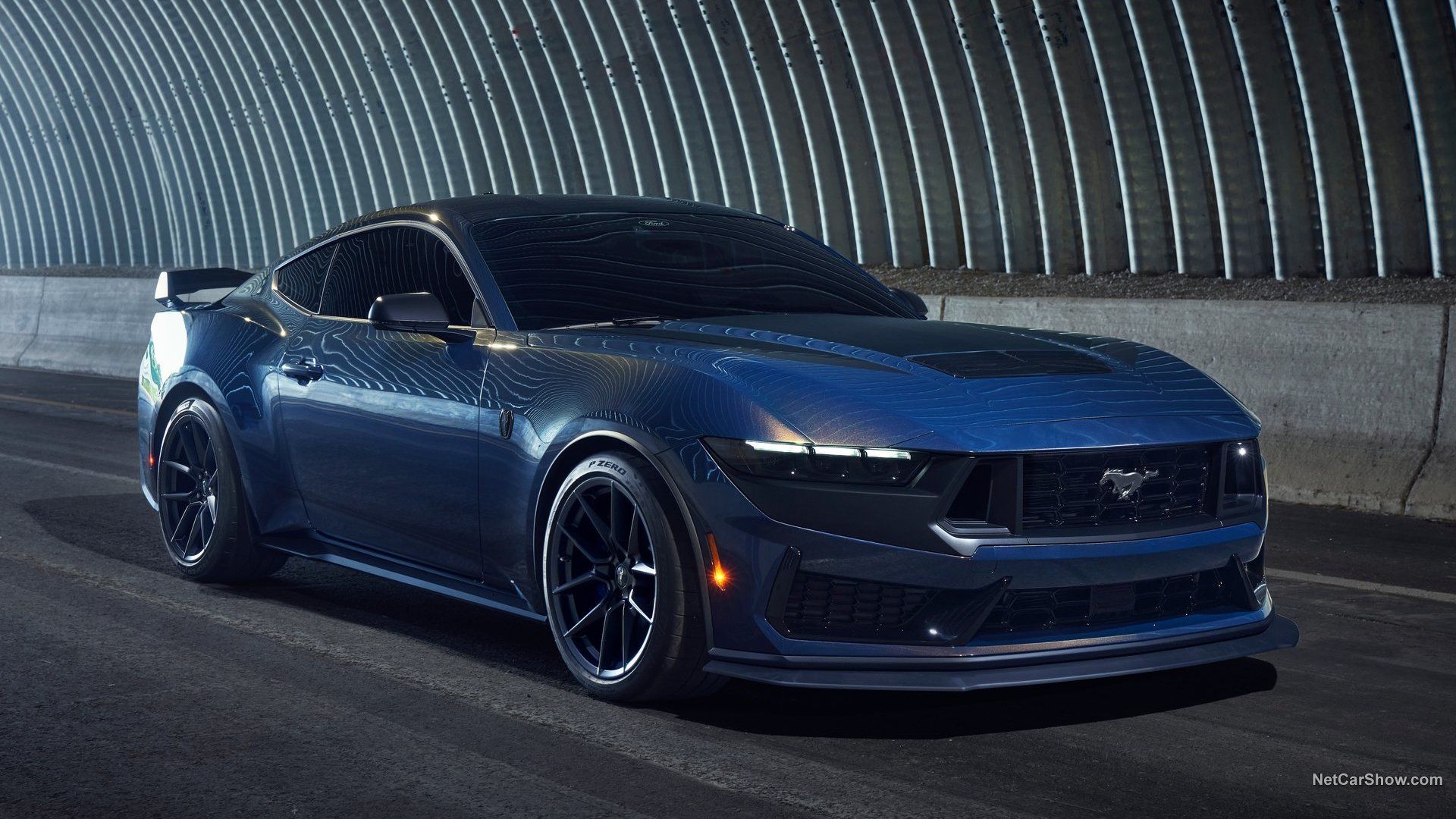Carrying over the 57-year legacy of the Mustang, Ford recently revealed the seventh generation of the Mustang. The Mustang is, no doubt, a legend in automobile history. It’s impossible to say precisely how many Mustangs have been sold because the number changes every day, but it is north of 10 million. Over the years, there have been good, bad, and even ugly versions of the Mustang, but the loyal fans and cult following still endures today. The Mustang is a blue-collar hero because Ford has done its best to keep the Mustang in an affordable price range. Here's a list of Mustang generations from worst to best based on total sales. This may be an unpopular verdict, but numbers don’t lie.
Sixth-Generation (2015-2023) - 662,952+ U.S. Sales
The sixth-gen Mustangs have a fully independent rear suspension and the exterior design has been altered to make it seem more European than the previous generations in a few ways, considering it is the first Mustang to be distributed globally. The four key engines available on this version include a 310-horsepower, 2.3-liter EcoBoost turbocharged inline-four, a 300-horsepower, 3.7-liter Cyclone V-6 through 2017, a 435-horsepower, 5.0-liter Coyote V-8, and a 5.2-liter Voodoo V-8. The six-speed automatic transmission was standard, and the 10-speed automatic came in 2018. In 2018, the base 3.7-liter V-6 was eliminated from the lineup. Every year, the Mustang becomes more sophisticated and offers greater sports car performance, yet it takes the bottom position.
Fifth-Generation (2005-2014) 1,006,975 U.S. Sales
The fifth-generation Mustang's muscular looks leaned even more on retro styling than previous versions. The front grille and headlight placement were similar to the very first Mustang models. The V-6, V-8, and supercharged V-8 were available in the first half of this generation. A five- or six-speed manual or a five-speed automatic were available as the transmission options. The second half of the generation saw a redesigned physique for better aerodynamics, although the look seemed to stay virtually the same aside from other cosmetic changes. A 6.0-liter V-8 was the largest engine available, and a six-speed automatic was presented as a then-new addition. The limited-edition GT500KR came with a 5.4-liter engine that generated 540 horsepower. The 2010 model year included an optional Track Pack performance package.
Second-Generation (1974-1978) - 1,107,718 U.S. Sales
Some say 1973 was the last year of the true American muscle car. The 1973 oil crisis is the main reason the Mustang II was created. The 1974 Mustang II was a subcompact car based on a stretched Pinto platform and was available as a notchback or hatchback. The Pinto, sorry, Mustang II was available with two engine options: an 88-horsepower, 140 cubic inch 2.3-liter four-cylinder, or a 105-horsepower 171 cubic inch 2.8-liter V-6. The Mustang II was marketed as an upscale economy automobile in 1973, just before the oil embargo, and it was timed perfectly. The Mustang II's sales skyrocketed in 1974 as a result of its release at the perfect moment: Sales reached 386,000 units, which was the Mustang II's most successful year ever. In 1974, MotorTrend awarded this Mustang II the Car of the Year Award. Even so, these were dark times for the mighty Mustang.
Fourth-Generation (1994-2004) - 1,562,529 U.S. Sales
Ford's 1994 Mustang was a departure from the Foxbody model. It was a slightly larger, more rounded body than the Fox body. The new Mustang's suspension was softened and tuned for a softer ride with similar handling. While critics complained about its more benign understeering nature, the 1994 Mustang's 4.9-liter V-8 was joined by a new 3.8-liter V-6 engine. The modular 4.6-liter OHC V-8 replaced the 4.9 in 1996. It produced 215 horsepower, but critics complained about its weak low-end torque. In 1996, a more impressive SVT Cobra remained available as a limited-run model. The 1999 SVT Cobra was the first Mustang to feature an independent rear suspension. The V-6 was increased to 190 horses, and the V-8 was raised to 260 horses. Ford introduced the "New Edge" design theme to the Mustang in 1999. The Camaro was discontinued in 2002, so for a short time, the Mustang remained the only vehicle in its category.
Third-Generation 1979-1993 (2,608,812 U.S. Sales)
The 1979 Mustang was available in either a 2.3-liter four-cylinder, a 2.8-liter V-6, a 3.3-liter inline-six, or a 4.9-liter V-8 guise. To build the new Mustang, Ford utilized the Fox platform, which served on the Fairmont. The 1981 model year saw the replacement of the 4.9-liter V-8 with a 4.2-liter V-8, just as the second oil crisis struck. In 1984, the SVO was a limited-production model that featured a 175-horsepower (later 205) 2.3-liter turbocharged engine and a revised suspension featuring Koni adjustable shocks. In 1985 a limited-production 5.0 HO (High Output) V-8 featured 210 horsepower. The 1987 redesign brought a dramatic new look for the Ford Mustang, featuring aero-inspired styling, flush headlights, and a new interior. The economy-oriented Ford Mustang LX and the V-8-powered Ford Mustang GT, with its lower-body side skirts and louvered tail lights, were both available in 1987. The economy-oriented Ford Mustang LX featured an 88-horsepower, 2.3-liter engine, but a V-8-powered LX 5.0 was available. Sales began to drop in 1989, so Ford didn't make many changes. The SVT Cobra was a limited-production model in 1993 that featured a highly-modified 235-horsepower V-8 and Tokico shocks and struts. Ford also made only 107 “Ready-to-Race” Cobras with beefed-up chassis, but no A/C, backseats, stereo, insulation, or power accessories, and.
First Generation 1964.5-1973 (2,981,259 U.S. Sales)
In the early 1960s, Ford Vice President and General Manager, Lee Iacocca, envisioned a sporty youth-market automobile based on the compact Falcon. The 1964.5 Mustang was created in record time on a modest budget and revealed at the World's Fair on April 17, 1964. The original Mustang was available as a 1965 model, although Ford had already sold over 120,000 vehicles by the time the car was introduced. The Mustang lineup originally consisted of a convertible and a notchback body design, with the fastback model joining the lineup in late '65. In the 1965 model (including '1964.5' Mustangs), 681,000 automobiles were sold, over seven times what Ford anticipated. The Mustang's original engine lineup included a 170 cubic-inch straight-six, a 4.3-liter V-8, and the famous 289 V-8 engine with up to 271 horsepower. The Mustang was virtually unchanged for 1966 with only minor modifications, and on March 1, 1966, the millionth Mustang was produced.
In 1967, the Mustang underwent its first significant modifications. The automobile's length, width, and weight were all increased to allow for the installation of a big-block engine. The V-8 produced 335 horsepower, displacing the 289 as the most powerful engine. The 302 V-8 was offered in addition to new interior and exterior trim. To drag-race, Ford offered a 428 Cobra Jet V-8 that delivered 335 horsepower and 440 pound-feet of torque.
The 1969 Mustang was an additional 3.8 inches long and half an inch wider with a 108-inch wheelbase. The 289 was removed in favor of a 351 V-8 with 250- or 290 horsepower. In addition to the Mach 1 and Boss models, new models included the 7.0-liter Boss 429 to meet NASCAR passing regulations. In 1969, sales declined to fewer than 300,000 following the introduction of the model. Sales dropped to less than 200,000 in 1970 as a result of Ford's restyling of the 1970 models.
In 1971, the Ford Mustang was longer and heavier, and a new buttressed rear window gave it a distinct appearance. Because of tighter emissions laws and a move away from muscle cars, engine choices declined. The six grew to 250 cubic inches, but the 429, which had been the sole big block by then, was eliminated for the 1972 model year, leaving the 351 as the largest engine. The coupe weighed 3,600 pounds in 1973, 1,200 pounds more than the 1965 Mustang. Sales declined dramatically; by the time General Motors and Ford were the only ones offering pony cars.
Seventh-Generation (2024-)
The new Mustang will be available for sale starting in the summer of 2023, and not a lot has changed. The Mustang will have some sharper body lines. Ford has decided to keep the same gas-powered engine options: a 2.3-liter Ecoboost engine or - surprise surprise - a 5.0 Coyote V-8. The automaker has promised to increase the horsepower output for both powertrains and offer the latest tech and performance pack as you would expect. An all-new Mustang Dark Horse track-ready model has been added to the ranks, featuring a more menacing 500-horsepower (projected at the time of writing this) Coyote V-8 engine and a direct line to the Ford Performance parts bin for leaner and meaner equipment upgrades. Seeing as Ford has decided to play it safe and not do anything drastic with this generation, you can expect sales to continue to decline. This is the last internal combustion Mustang that will ever be produced.
FAQ
Q: Is the Yamaha MT-09 fast?
It is fast, but the real joy of the Yamaha is the cornering speeds that you can achieve.
Q: How much horsepower does the MT-09 make?
The 890cc triple-cylinder engine produces 117 horsepower.
Q: Is the MT-09 a superbike?
No. It’s a naked sports bike.
Q: How much does the MT-09 cost?
The MT-09 can be yours for $9,499.

